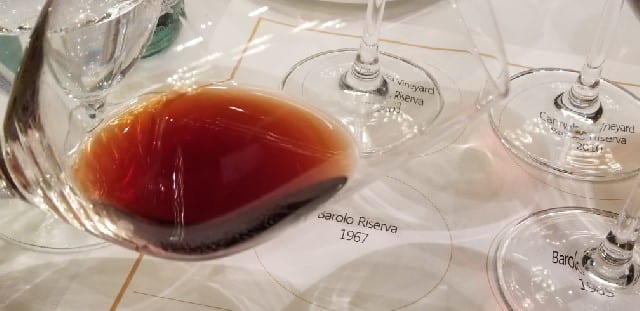Please The Palate Pick of the Week: Smith Madrone Riesling, Napa Valley
Think Napa Valley and you probably think Cabernet Sauvignon. But, this past week, I spent three days at the first annual Wine Writers Educational Tour,...




Think Napa Valley and you probably think Cabernet Sauvignon. But, this past week, I spent three days at the first annual Wine Writers Educational Tour,...


This story originally appeared in the Napa Valley Register. After much anticipation, The Studio by Feast It Forward is opening in downtown Napa. Bringing together food,...
As the glasses sat in front of me, I looked at them and all I could think of was how sexy they looked. Transparent garnet...


As I sat down for a seminar at the 2018 Pebble Beach Food & Wine Festival titled “The Future is Female: The Next Generation of American Wine,” I was excited to listen to a panel of women discuss taking the reins of their family wineries. As I looked at the panel of women sitting in front of me, I sat up a little straighter as I was so proud and inspired to see only women sitting there.


On one end of the table was Esther Mobley, the wine, beer and spirits writer for the San Francisco Chronicle. After graduating from Smith College, Esther worked harvests at two wineries, worked in retail and at a restaurant and then followed the path of a writer, working at Wine Enthusiast, Wine Spectator and now the San Francisco Chronicle. On the other end of the table was Christie Dufault, a former sommelier at top restaurants who today is the associate professor of wine and beverage studies at The Culinary Institute of America. In between these two formidable presences were four women who are taking over their family wineries.
A cruise up the Adriatic Sea, visiting various towns along the Croatian coast, I had the opportunity to drink a lot of Croatian wines. It...
This story originally appeared in ATOD Magazine. A Culinary Evening of Sheer Magic Celebrate the 200th Anniversary of Champagne Billecart-Salmon From the moment I pulled up to the doors...



